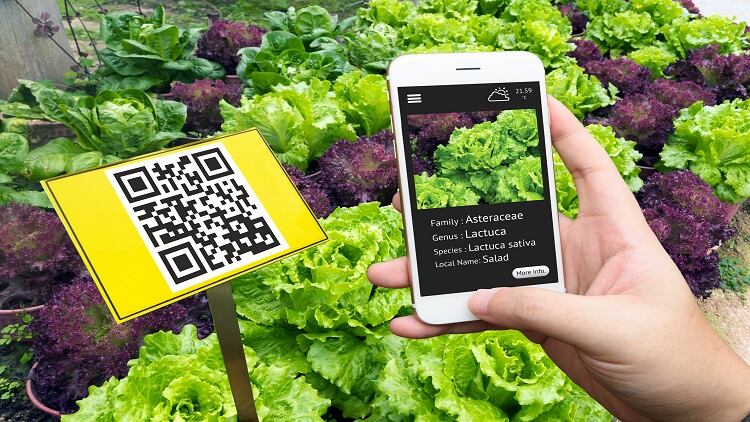In contrast, certifications and QR codes are less unlikely to win the trust of the consumers, the researchers added.
This is because consumers believe that these credentials and codes could be easily falsified.
The researchers conducted a mixed method survey consisting of qualitative and quantitative studies in three Chinese cities, including Beijing, Guangzhou and Chengdu.
In total, 42 consumers took part in the qualitative study, while 850 participated in the quantitative study.
Participants were asked their intention to buy 1) infant milk formula 2) scotch whisky and 3) olive oil; these are products which have a history of food fraud in China.
It was found that authenticity cues were an important influence on attitude across the three cities.
The higher the chance the products are proved to be authenticated, the more likely consumers will buy the product.
On average, 8 out of 10 participants said they intend to purchase authenticated products.
Participants from Beijing and Chengdu, are however less trusting of tangible product cues (such as QR code), as they believed that this data could be easily falsified.
In addition, participants also find the use of QR codes to authenticate products a “cumbersome” method, as scanning the codes “adds additional time to the purchasing process and consequently were infrequently used.”
To cope with the frequent occurrence of food fraud in China, consumers have developed “risk-relieving” strategies, such as using traditional authenticity cues or seeking imported products.
“Traditional indicators such as country of origin, price and brand, and physical prevention measures such as tamper proof seals, were the most trusted means of identifying authentic and safe foods,” the researchers said.
As such, the researchers urged European food manufacturers operating in the China to differentiate their product offerings by using cues trusted by consumers.
Geographical differences
Researchers found that there are geographical differences in food fraud concerns and the perception of regulatory system.
For instance, participants acknowledged that regulatory activity tended to focus on tier one cities, such as Beijing, Shanghai and Guangzhou, with little support given to lower tier cities and rural areas which were considered to be the locations most vulnerable to food fraud.
As such, participants from Chengdu, a tier 2 city, possessed higher levels of hazard concern compared to consumers in Beijing and Guangzhou, which are tier 1 cities.
Consequently, these consumers are also more interested in demonstrating the authenticity of the products.
Source: PubMed Central
DOI: 10.1371/journal.pone.0195817
“Food fraud and the perceived integrity of European food imports into China”
Authors: H. Kendall, et al


